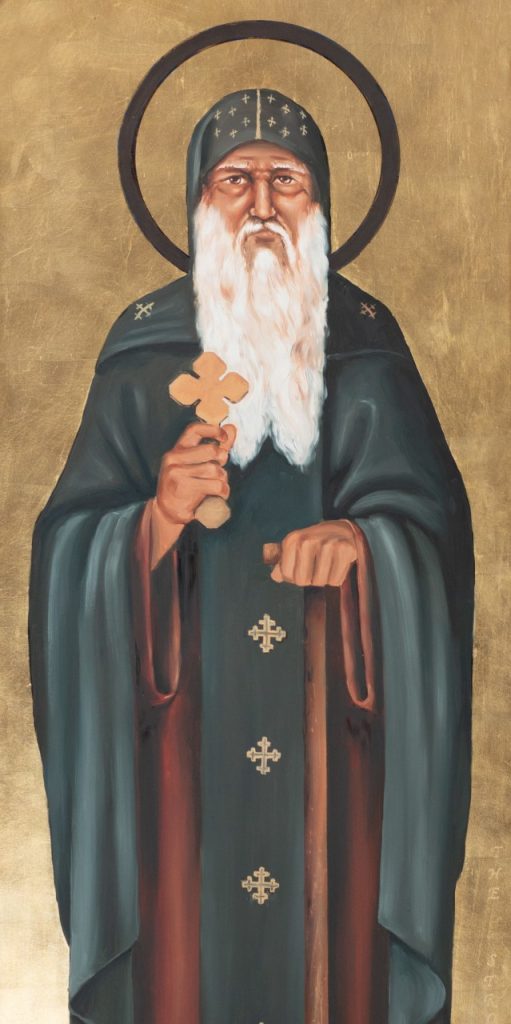
“ 'Come now, and let us reason together,' Says the Lord, 'Though your sins are like scarlet, They shall be as white as snow.' "
(Isaiah 1:18)

"Four virtues aid the young monk: continuous meditation on the word of God, watchfulness, fervent prayer and considering himself as nothing."
St. Moses the Strong
"Humility of heart precedes all virtues, and the desire of the belly is the source of all passions. Pride is the basis of all vices and love is the origin of all goodness."
St. Moses the Strong
"All who take the sword will perish by the sword"
(Matthew 26:52)